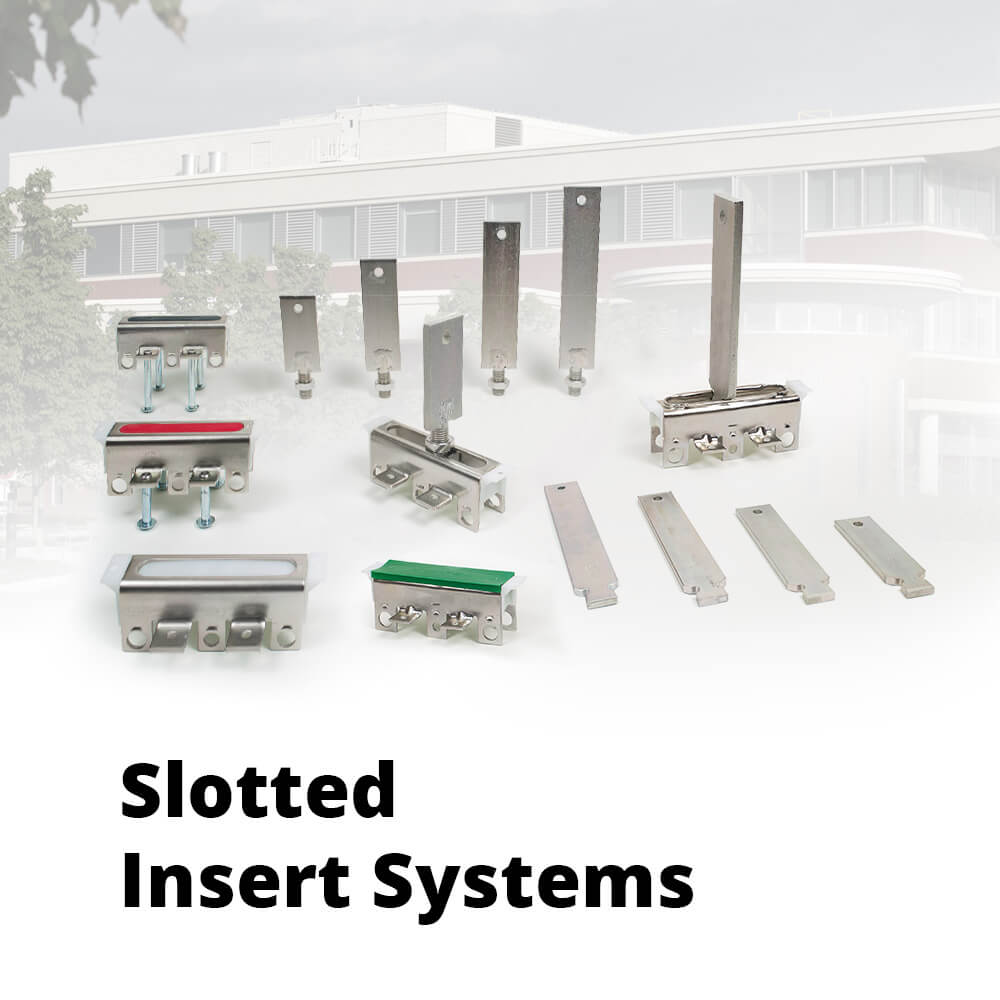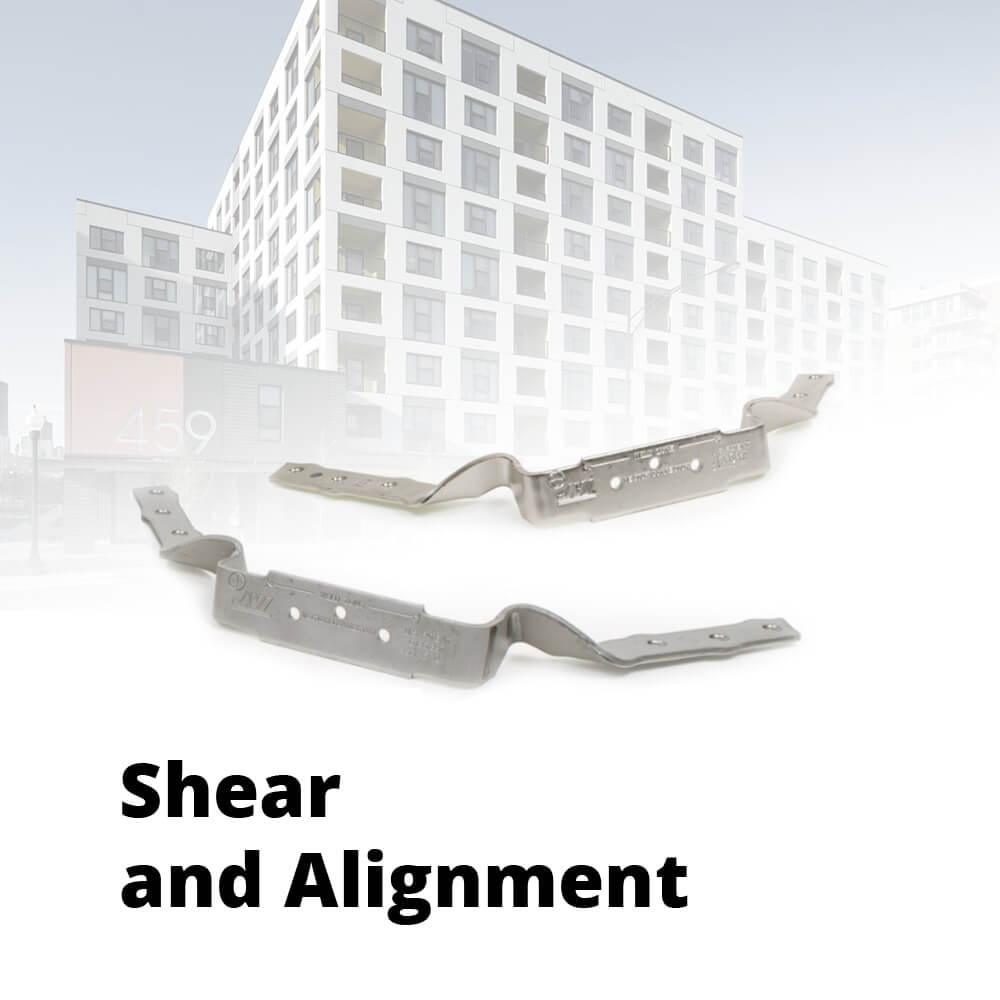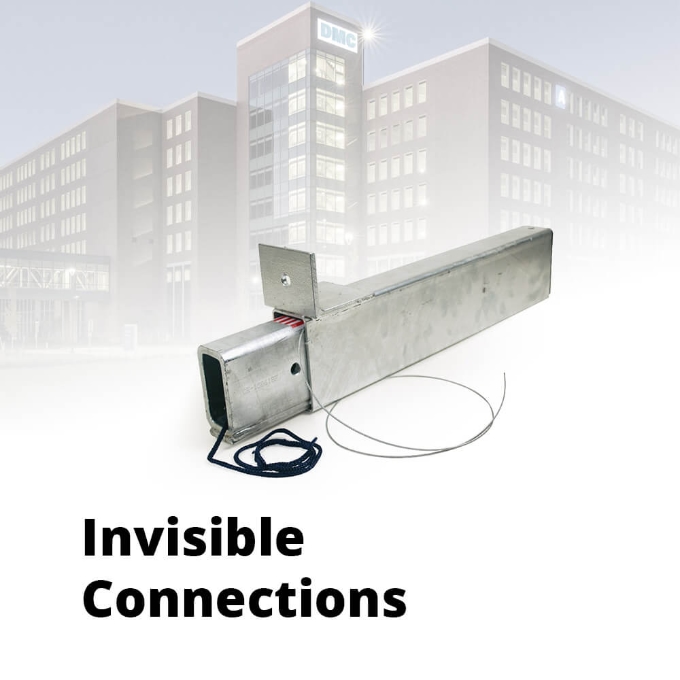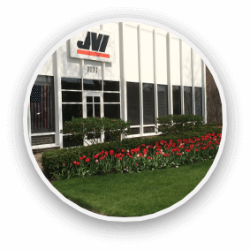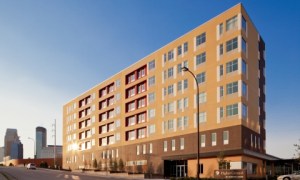
Use of Precast in High Rise / Mid Rise Buildings
Credit: Original article published here.
Generally, the “go to” building systems for structures from two to eight stories is either steel or PIP concrete. However, use of total precast for buildings of this size is more common in some parts of the country like Denver and South Eastern United States. Total precast means that the stairs and stairwells, elevator shafts and parking accommodation are all precast concrete. The advantages are obvious: speed, fire resistance, economy, continuous insulation and thermal advantages are all evident. Precast provides for flexibility in layouts, including a number of products that accommodate headroom requirements and providing open spaces.

Higher Ground – Minneapolis, MN
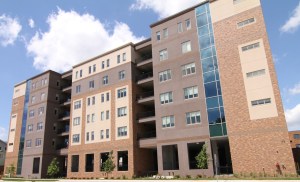
Samaritan Bethany – Rochester, MN
Precast concrete buildings not only offer designers flexibility in the shapes they’re able to form and designs they’re able to create, but they also offer more uninterrupted and usable floor space than steel-framed buildings. Precast concrete helps meet challenges with a variety of capabilities that aid the owner, designer, and contractor and provide long-term benefits to users. The design versatility of precast concrete allows for almost any shape element, such as curved and radial sections, with flexibility in connection points and load paths. High strength, prestressed concrete structural members also deliver exceptional load-carrying capacity, which can result in smaller sections, longer spans, or both when compared to other structural systems.
As for high rise buildings, it’s advantageous to use concrete because it takes far less labor to place and finish the project. In addition, wind, elevators and budget often cap the height on a building well before the limits of either steel or concrete are exceeded. Concrete elements are suitable for any climate and can be freely adapted to any specific culture.
In times past, most of the tallest skyscrapers in the world were made of steel – but now new techniques in construction mean that concrete has become more attractive to architects, structural engineers, owners and contractors. As buildings soar higher and higher, it’s fascinating to see new technologies emerging to meet the demand, and to see concrete at the top of that list. A desire to build more elaborate buildings with better working spaces lends to a shift in thinking, with more consideration towards using a concrete solution for high rise buildings. Currently one of the highest concrete buildings standing is 432 Park Avenue in New York with 85 floors.
The following is a list of tallest buildings that use concrete as their main structural element.
100 Tallest Completed Buildings in the World by Height to Architectural Top
| # | Building Name | City | Height (m) | Height (ft) | Floors | Completion | Material | Use |
| 25 | 432 Park Avenue | New York City (US) | 425.7 | 1,397 | 85 | 2015 | concrete | residential |
| 26 | Marina 101 | Dubai (AE) | 425 | 1,394 | 101 | 2017 | concrete | residential / hotel |
| 27 | Trump International Hotel & Tower | Chicago (US) | 423.2 | 1,389 | 98 | 2009 | concrete | residential / hotel |
| 30 | Al Hamra Tower | Kuwait City (KW) | 412.6 | 1,354 | 80 | 2011 | concrete | office |
| 32 | LCT The Sharp Landmark Tower | Busan (KR) | 411.6 | 1,350 | 101 | 2019 | concrete | hotel / residential |
| 34 | 23 Marina | Dubai (AE) | 392.4 | 1,287 | 88 | 2012 | concrete | residential |
| 40 | Burj Mohammed Bin Rashid | Abu Dhabi (AE) | 381.2 | 1,251 | 88 | 2014 | concrete | residential |
| 42 | Elite Residence | Dubai (AE) | 380.5 | 1,248 | 87 | 2012 | concrete | residential |
| 43 | Central Plaza | Hong Kong (CN) | 373.9 | 1,227 | 78 | 1992 | concrete | office |
| 44 | Federation Tower | Moscow (RU) | 373.7 | 1,226 | 93 | 2016 | concrete | residential / office |
| 46 | The Address Boulevard | Dubai (AE) | 370 | 1,214 | 73 | 2017 | concrete | residential / hotel / retail |
| 50 | Almas Tower | Dubai (AE) | 360 | 1,181 | 68 | 2008 | concrete | office |
| 53 | JW Marriott Marquis Hotel Dubai Tower 1 | Dubai (AE) | 355.4 | 1,166 | 82 | 2012 | concrete | hotel |
| 53 | JW Marriott Marquis Hotel Dubai Tower 2 | Dubai (AE) | 355.4 | 1,166 | 82 | 2013 | concrete | hotel |
| 58 | OKO – Residential Tower | Moscow (RU) | 354.2 | 1,162 | 90 | 2015 | concrete | residential / serviced apartments / hotel |
| 59 | The Torch | Dubai (AE) | 352 | 1,155 | 86 | 2011 | concrete | residential |
| 61 | The Pinnacle | Guangzhou (CN) | 350.3 | 1,149 | 60 | 2012 | concrete | office |
| 67 | NEVA TOWERS 2 | Moscow (RU) | 345 | 1,132 | 79 | 2020 | concrete | residential |
| 69 | Four Seasons Place | Kuala Lumpur (MY) | 342.5 | 1,124 | 74 | 2018 | concrete | residential / hotel |
| 70 | ADNOC Headquarters | Abu Dhabi (AE) | 342 | 1,122 | 65 | 2015 | concrete | office |
| 72 | LCT The Sharp Residential Tower A | Busan (KR) | 339.1 | 1,113 | 85 | 2019 | concrete | residential |
| 76 | Mercury City Tower | Moscow (RU) | 338.8 | 1,112 | 75 | 2013 | concrete | residential / office |
| 81 | DAMAC Heights | Dubai (AE) | 335.1 | 1,099 | 88 | 2018 | concrete | residential |
| 82 | Shimao International Plaza | Shanghai (CN) | 333.3 | 1,094 | 60 | 2006 | concrete | hotel / office / retail |
| 83 | LCT The Sharp Residential Tower B | Busan (KR) | 333.1 | 1,093 | 85 | 2019 | concrete | residential |
| 85 | The Address Residence – Fountain Views III | Dubai (AE) | 331.8 | 1,089 | 77 | 2019 | concrete | serviced apartments / hotel |
| 93 | Keangnam Hanoi Landmark Tower | Hanoi (VN) | 328.6 | 1,078 | 72 | 2012 | concrete | hotel / residential / office |
| 94 | Al Yaqoub Tower | Dubai (AE) | 328 | 1,076 | 69 | 2013 | concrete | hotel / office |
| 100 | The Index | Dubai (AE) | 326 | 1,070 | 80 | 2010 | concrete | residential / office |
Source: https://www.skyscrapercenter.com/buildings
Jenny Frost
Marketing Director
Spencer Kubat
VP Sales

